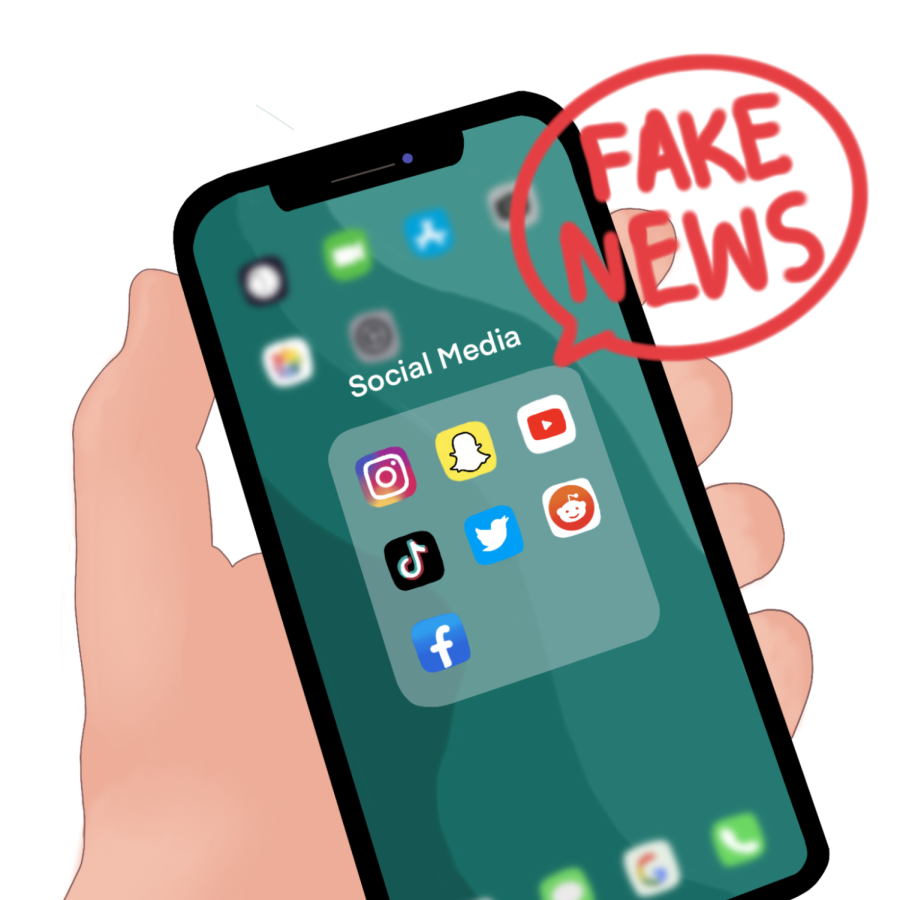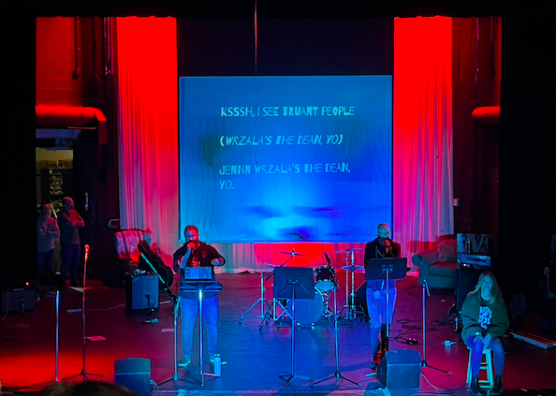The risk of misinformation on social media
October 24, 2021
The majority of teens use social media every day to connect with their friends, catch up on the latest celebrity news, or frankly, just to kill time. However, according to a survey by Common Sense Media of 1,005 teenagers aged 13 to 17, more than 50 percent get their current news from social media sites such as Instagram, Facebook, and Twitter. As an increasing number of people post current news on these sites, it leads to a spread of fake news, which has exacerbated the challenge of spotting and correcting misinformation.
Why is misinformation so devastating? Based on an MIT Sloan research study, false rumors spread quicker and more widely compared to truthful information. It is also 70 percent more likely to be retweeted on Twitter and reach 1,500 people six times quicker. Fake news is often more unusual and peculiar, which explains why people are drawn to it and will share it more often.
Furthermore, companies find it more profitable to post misinformation. They get more viewers, leading to more likes and comments and ultimately profit. It is the type of engagement social media platforms are looking for, so it is not in their interest for them to deter it. However, it is important for them to do so, in order for them to mitigate the spread of fake news throughout their platform and prevent effects on the public’s decisions that might be based on incorrect information.
Misinformation will almost always influence political events or affect the health of the public without people knowing. During the 2016 presidential election, a bipartisan Senate committee found that the Russian government used Facebook, Instagram, and Twitter to spread false information and conspiracy theories. Misinformation during presidential elections deceives voters, which will have consequences on the final results.
Similarly, during the pandemic, posts have spread claiming that masks won’t prevent people from getting Covid-19. Rumors have also circulated about Covid-19 vaccines, the most ridiculous one being that they contain microchips and the government or global elites like Bill Gates would use them to track citizens. This misinformation can be destructive to the health of the public because it lowered vaccine acceptance and made the public hesitant to get the proper treatments.
If we can’t stop it, we’ll spot it. Detecting misinformation isn’t as hard as it seems. First, make sure you’re getting your news from a reputable source, like The New York Times, The Washington Post, or The Wall Street Journal. When you do come across sources that aren’t reputable, try to research more about the topic to see whether or not it really is true. A great website to use is the Washington Post Fact Checker, or any other fact checker can work. It can also help to find a credible source reporting the same information, allowing you to verify if it is misinformation or not.
If it is fake news, the most important thing is to not share it. Don’t let more people read about the supposedly real news, and help prevent more people from having to verify it themselves. If they think it is truthful, it will also help avoid it being spread to even more people.
With the increase in popularity of social media, using these platforms as a news source is inevitable and becoming increasingly more popular. By making sure the information we share is accurate before sending it, we can help fight and stop misinformation.




